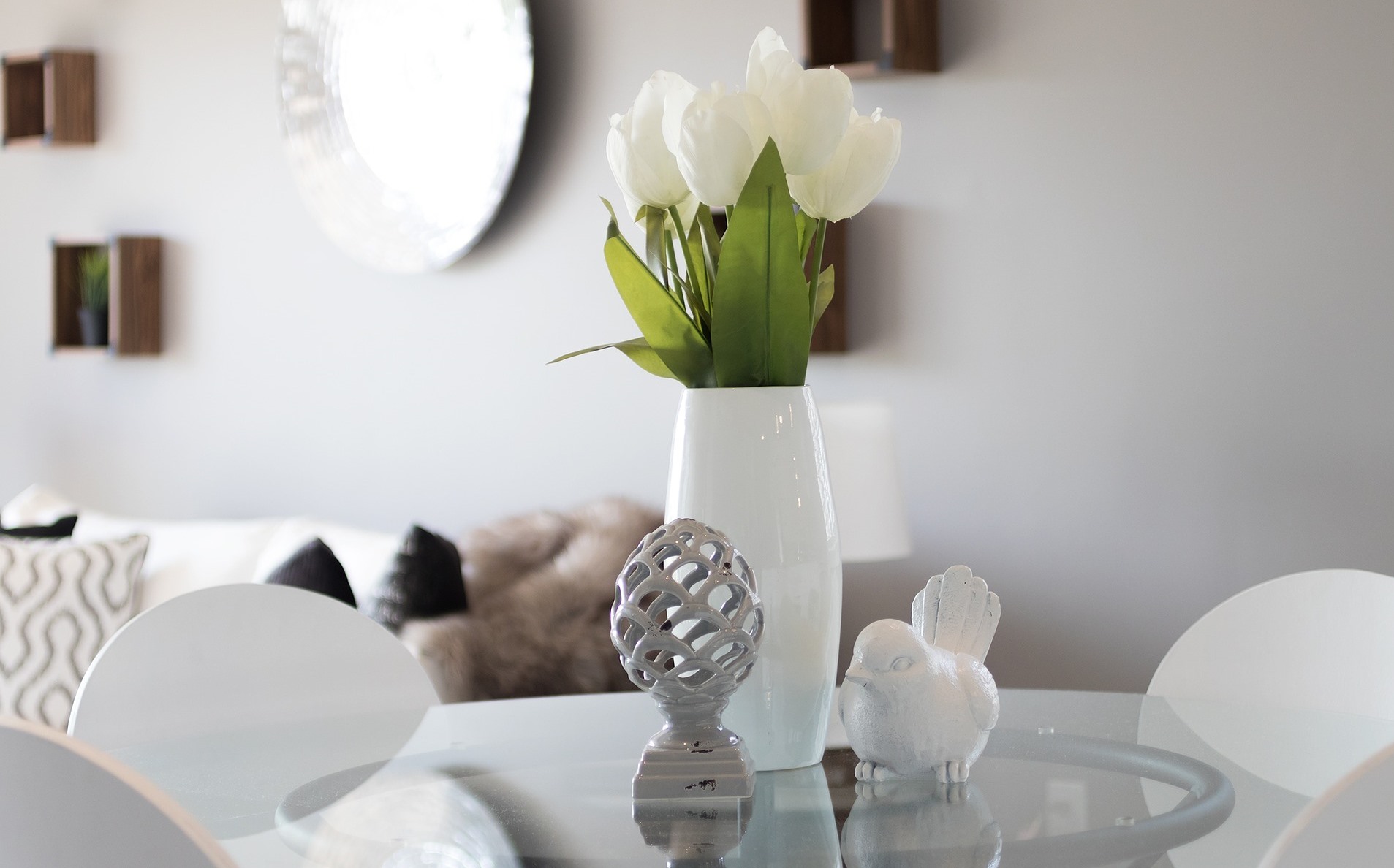When it comes to styling a vignette, it’s easy to think it’s just a case of popping a few items in the appropriate place and it’s done. But a really good vignette should have a lot more going on under the surface. This is particularly true when deciding on which items to use in your vignette.
First and foremost with a vignette, it’s good to stick with a theme. Start with looking around the room and get a feel for the kind of style that already exists, or you’re planning to create. Is it formal or informal? Beach house or minimalist? And so on.

Once you have a feel for the overall space, see if there’s a specific “anchor” piece in the room. This is usally a larger item that’s located close to where you’re planning to place your vignette. It can be used to dictate the overall theme of your vignette. It may be a piece of furniture or a decorative item.
If you have a large, formal artwork in pastel colours, for example, then you probably want to match that with a more formal vignette in muted tones, rather than something quirky in loud colours. Otherwise the two will clash and disrupt the space’s feel.

The vignette can also reflect the purpose of the room. Using kitchen items such as canisters or a teapot for your vignette if it’s going to be located in the kitchen, as an example.
The bottom line is that your vignette should be used to enhance the feel and style of the room, not detract from it, so starting with the bigger picture will enable you to choose items that fit perfectly with that purpose.

